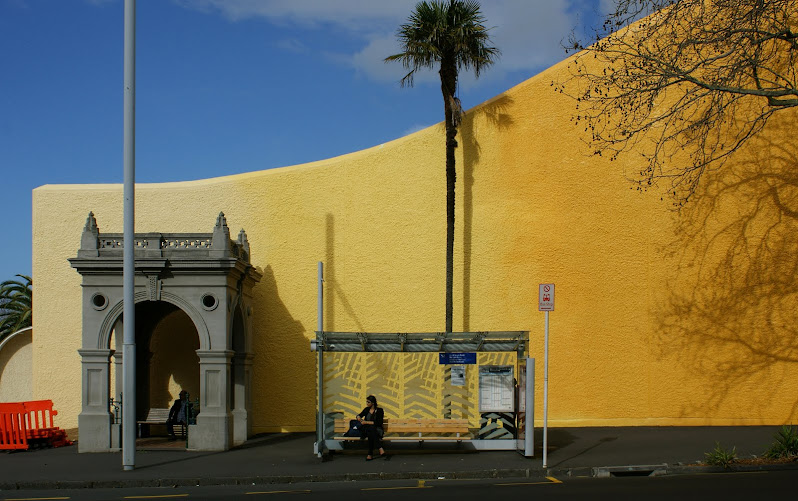Those familiar with the reef itself would be fewer in number – locals, fishermen, divers, boaties – while those knowing the origin of the reef’s name would be fewer still. Yet the reef is named after an important piece of NZ history, first charted in 1827 by Jules Sébastien César Dumont d'Urville on the ship Astrolabe.

Astrolabe was originally a French horse barge called La Coquille, built in 1811 and converted to a naval exploration vessel. This small 380-ton ship circumnavigated the globe three times under the command of Jules d'Urville.
Born in 1790, d’Urville was the last of the French explorers who contributed to the growing body of knowledge about NZ. He came here three times, firstly in 1924 as a middle-ranking officer aboard La Coquille. On that trip, the French were scouting Australia for possible French settlement and NZ as a potential penal colony...
Then in 1826-1829 he led a mission in La Coquille - renamed Astrolabe - into the Pacific, searching for an ill-fated 1785 French scientific expedition. (In an interesting twist of fate, one of the men who’d unsuccessfully applied for that lost expedition was a 16-year-old Corsican, Napoléon Bonaparte. How different the world would have been, had he too been lost!) It was not until years later that the ships were found to have been wrecked on the Santa Cruz islands, but that’s another story...
 |
| "Astrolabe In French Pass" - Louis Auguste de Sainson (1833) |
D’Urville returned to NZ in 1840 and charted the Auckland Islands. He mapped the South Island’s east coast, with Banks Peninsula in almost correct form for the first time (Cook had charted it as an island), and planted the French flag on Antarctica. But he was too late to claim NZ: the British had just annexed the country with the Treaty of Waitangi.
Upon his return to France, d'Urville was promoted to rear-admiral, and the Geographical Society awarded him its highest honour, the Gold Medallion. In May 1842 d'Urville, his wife and child were killed in a train accident near Paris.
 |
| Rena - meet Astrolabe. |
But then again, the reef could have been named after an actual astrolabe – an early navigational instrument, a precursor to the sextant. Given the dubious navigational skills of the Rena’s skipper, I would find that ironic!




1 comment:
I think you're right in that the reef is named after the Astrolabe. Tauranga Memories describes an incident where the ship nearly got caught by the reefs in the area.
Post a Comment